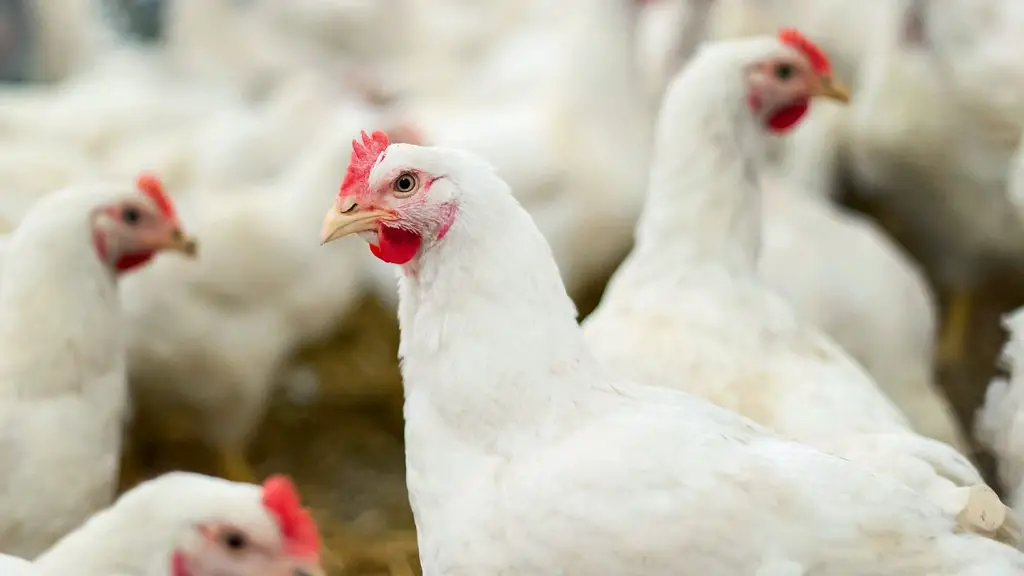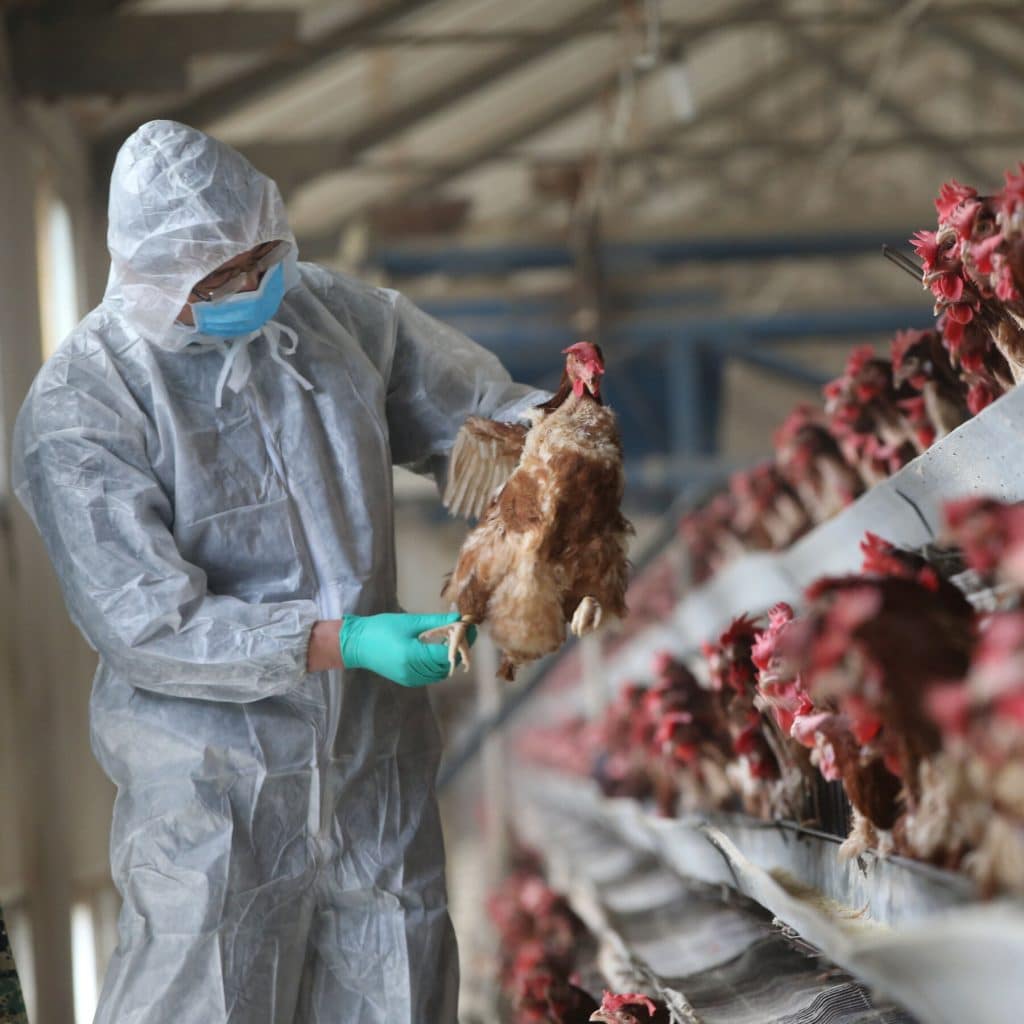A new case of bird flu It has been reported in a poultry farm worker in Coloradomarking the seventh human case in the state this month. This comes as the epidemic continues to spread among dairy cows.
Current situation
The health authorities of the Colorado they declared that the seventh case is, for now, a presumed positive. This means that the person has tested positive at the state level, while confirmatory testing is ongoing at the Centers for Disease Control and Prevention (CDC).
The presumptive positive worker was at a poultry facility in northeastern Weld County. In recent weeks, six workers at another poultry facility in the same county have tested positive for avian influenza. At that facility, a commercial operation with about 1.8 million birds, workers were infected while culling chickens known to be infected with the highly pathogenic H5N1 virus.
From birds to cows to humans
The U.S. Department of Agriculture confirmed in late March that the H5N1 virus, which had been spreading globally among wild birds for years, had unexpectedly jumped to dairy cows in the United States. So far, at least 168 dairy farms in 13 states have tested positive for the virus. Eleven humans have contracted the virus during the outbreak among dairy cows, with four cases among dairy workers and seven among poultry workers, all in Colorado.
The recent increase in human infections among Colorado poultry workers is notable, given that H5N1 has plagued poultry operations in the United States since January 2022. To date, there have been more than 1,000 outbreaks in 48 states, affecting more than 100 million birds.

Safety and prevention measures
Genetic testing so far has not revealed significant changes in the virus that could explain the recent increase in human cases or raise new concerns. There is no evidence of human-to-human transmission, and the CDC is still assessing the risk of H5N1 for the general public as low. Furthermore, all human cases identified so far have been mild and appear to respond well to influenza antivirals.
Federal authorities have noted that excessive summer heat could contribute to the increase in human cases. With temperatures temperatures exceeding 100 degrees Fahrenheit and industrial fans running, poultry workers in the Colorado Those tasked with culling the birds had difficulty keeping their masks and goggles in place.

It remains unclear how the virus is spreading from dairy farms to poultry farms in this latest phase of the outbreak. However, it may not be surprising that the Coloradoof all states, is the one seeing a shift from dairy cows to poultry; the state has reported 46 of the country’s 168 infected farms, the highest number among the 13 states affected by the outbreak.
#Bird #Flu #Case #Colorado #Whats